When discussing the features to check when purchasing a pedal bicycle for your kid, we mentioned brakes as critical factors. It is now that time to rest the long-standing superiority debate on whether to use coaster brakes or handbrakes. Depending on who is holding the discussion, you are likely to get confused with this debate.
No doubt, brakes are a quality factor for a bike, and learning to brake is the best experience a child can have. The CPSC regulations on bikes direct that all sidewalk bicycles have coaster brakes. Companies such as WOOM have taken heed of the same and are shipping woom 2 with both coaster brakes and front and rear hand brakes with a small reach.
In recent times, however, there has been a shift in thought as most parents have realized that coaster brakes:
- Hinder learning to ride
- Are heavier to already heavy bikes and kids
- Risk the kids skidding
- Inhibit pedaling and speed when cycling
While there are a handful of other resources on brakes and other technical aspects, our goal in this resource is to enlighten you on what is best and leave you to decide.
What is a coaster brake?
Coaster brakes also go by the names foot brakes or backpedaling brakes. Sheldon “Feet” Brown, a seasoned veteran cyclist, defines a coaster brake as a special rear hub for a bicycle that:
- Allows the wheels of a bicycle to roll without pedaling.
- Breaking the motion of the bike when the pedals are turned backward.
Coaster brakes operate when a bike is pedaled backward; hence their name backpedal brakes.
They are a common component in kids’ bikes but are also found in adult cruiser-style bikes. However, you will never see them in sophisticated bikes such as road bikes and mountain bikes.
They trace their history to the 1890s and are popular to date. The rationale behind a coaster bike is that it requires only little effort and coordination to operate, unlike the handbrake.
It is best used when teaching a child how to ride a bike for the first time. However, this comes with a downside as most kids come to a sudden stop the moment they pedal backward. Also, coaster brakes might limit ascension when taking on hilly and bumpy terrains, especially if accidentally activated. During our tests, the kids did skid, and there were several minor crashes, especially in muddy and hilly terrains.
Even when we took them to the mountain bike trails and the stunt pump tracks, they could not move as they could not pedal forward.
How does a coaster brake work?
Coaster brakes are attached to the bike's rear hub – the central component in the wheel where the spokes originate. The hub also provides room for the rear axle of the bike that allows the wheel to revolve.
To activate the coaster brake, one needs to pedal backward. That way, the coaster brake hub automatically stops by pushing the clutch pushes the brake shoes against the inside of the rotating hub shell, limiting the rotation of the rear hub and the bike's wheel.
In a 4-minute video by Mark Baldridge, he thoroughly explains the step-by-step process of how a coaster brake works when coasting and when stopping a bike.
What benefits do coaster brakes have on kids’ bikes?
Here are some reasons why some people love coaster brakes:
- Coaster brakes are easy to learn. The kid needs to pedal forward to go and backward to stop. Thus, it requires little coordination.
- They also have fewer parts as there is never any cabling required, which works well with the folding bikes.
- These brakes are also cheap compared to other types of brakes.
- They are easy to maintain and allow all-weather operation. To be specific, coaster brakes are maintenance-free.
- They are also ideal for young and disabled kids who have a passion for cycling.
What are the disadvantages of coaster brakes?
Far from the love and the main reasons we are against coaster brakes, here are some disadvantages that make coaster brakes inefficient in kids’ bikes:
- Any backpedaling triggers a sudden stop, which can be frustrating to kids. It can also end up with minor accidents and delay in pedaling skills development.
- They are bulky compared to hand brakes, which is disadvantageous for weak and small riders.
- The brakes do not come with backup, so if the chain breaks off, get ready to soothe your child.
- They are only limited to sidewalk bicycles and not for specialty bikes like mountain bikes, road bikes, or BMX.
- Not compatible with derailleur gearing systems.
- They always overheat and fade when used in hilly and off-road terrains.
- Prone to skidding that wears off tires.
- Complicates the possibility of lubricating the internal gear hub.
- Skidding is a common phenomenon as there is no modulation.
Why do some Kids’ bikes come with coaster brakes and some handbrakes?
With the pros and cons in mind, you could be asking yourself why we have bikes with coaster brakes in the market as late as today.
Well, as noted earlier, as per the CPSC guidelines, most size 12-ich and 14-inch, and some size 16-inch kids’ bikes have a standard requirement to include a coaster brake.
Notably, these regulations trace back to the 1970s when most bikes had coaster brakes. Then, the kids’ bikes with handbrakes were unpopular. Coaster brakes were a preference, given that they were considered safer for kids.
Even though the CPSC regulations seem to have been nullified by years of innovation, they are yet to be updated.
Today, coaster brakes appear to be less efficient compared to quality handbrakes. Bikes such as the Guardian ethos have updates handbrake systems (SureStop braking system). It is now time for the handbrakes to shine, as did coaster brakes back then. The regulations have made it mandatory that the smallest bikes be equipped with coaster brakes.
Given the gray area on applying the CPSC guidelines, smaller bikes are coming with no coaster brakes; although not so many bike brands for kids have considered this, some have stuck to the old ways.
Instead of going for bikes with cheaper handbrakes, your kid’s bike is better off with a quality coaster brake. We only hope that the manufacturing standards for the handbrakes can at least be at par with the high-quality European standards.
With such adoption in the US, the age of cheap and low-quality handbrakes will be over. Equally, we would do away with the inefficient coaster brakes and have kids learn to use to-quality handbrakes.
Is it possible to remove a coaster brake from a bike?
Yes, you can replace or modify the rear hub of a bike. One main reason for this is because coaster brakes are attached to the rear hub of a bike.
Bikes such as Pello Romper, Prevelo Alpha One, and Woom 2 have freewheel kits that allow you to replace the coaster brake with a handbrake.
Note that since frames and components vary from brand to brand, a freewheel kit from one brand might not fit bikes from another brand.
Once you have purchased a bike similar to a car, you can modify it as you wish – the CPSC only applies to manufacturers.
Installing a freewheel kit on a bike that initially had a coaster bike is easy and should be standard across different bike brands.
It has been done elsewhere. So if you are willing to get your hands dirty and satisfy your creative and risk appetite, here is a video by 999Samuael detailing how to make a coaster brake wheel to a freecoaster wheel.
Whichever the case, it is riskier to remove a coaster brake and leave a bike with the front handbrake alone. For kids, this could be dangerous as they can fly above the handlebars and nosedive!
Therefore, only remove the coaster brake if you can fix both rear and front handbrakes to the bike.
What are hand Brakes?
Hand brakes consist of front and rear brake levers placed on the handlebars. The levers control calipers attached to the front and rear wheels. High-end bikes come with hand brakes as the major braking system. However, some manufacturers include coaster bikes in the package to fulfill the legal requirements.
If you are a cycling dad or mom, you have by now noticed that most 20”-26” bicycles come with a hand brake. We recommend handbrakes for superior pedaling and braking skill development. It is also the safest option for any terrain and increases the enjoyment of rides.
The hand brake on the freewheel hub bikes allows the child to modulate the braking forces, unlike the coaster, an on-and-off affair.
When using a hand brake or a freewheel hub bike, the kid can pedal backward and find the best place to churn some momentum for speed. Also, it comes in pairs is insurance in case one fails to engage.
The v-brakes that come with most bikes have levers that are child-friendly and within reach. In addition, some bikes have a handbrake system that activates disc brakes. These systems can either be mechanical or hydraulic.
Hands down, handbrakes are the best for kids’ bike braking systems, at least compared to coaster brakes.
Note that even though coaster hubs are a standard requirement for the smallest kids’ pedal bikes, you are allowed to replace the coaster hub with a freewheel as an aftermarket upgrade. We’ve already explored ways to do that.
Benefits of the handbrake systems on kids’ bikes
There is a reason why woom runs out of stock of the freewheel kits; parents love them, so they fly off the shelves!
Here are some advantages it gives the young cyclists:
- More flexible and easy to operate.
- Hand brakes offer control over braking power or modulation. As a result, they stop a bike in motion with high precision.
- It also has more stopping power.
- You can always service and replace the handbrakes. Mostly, they are made of special rubber and are V-shaped. So, when the pads are worn, you can get new ones to replace, unlike the coaster that dies and is forgotten.
- Learning to operate hand brakes is easy. However, the odds are high that children who discover hand brakes ditch the coaster brakes immediately.
- Kids will use it when they grow in their entire lives, so starting early is great.
- They perform better on hilly areas and off-road cycling. Nowadays, no parent is buying bikes for sidewalks. Instead, the bikes are bought for bike parks, trails, bike tours, and bike parking. It allows backpedaling to gain enough force to tackle a segment.
Downsides of handbrakes on kids’ bikes
- The smaller bikes do not come with quality hand brakes. For this matter, you need to spend time finding the right fit brakes that come at the cost of both time and money. They also require constant alignment and tuning; visits to the mechanic are also more.
- Unlike coaster brakes, the hand brakes are hugely affected by the weather. As a result, they mostly fail when it is rainy and muddy. Recently, disc-style brakes are a preference over hand brakes.
- They are prone to injury when the kids abruptly engage the front brake. Even at mild speeds, the child can accidentally pull an “endo,” where they fly past the handlebar. Well, that can get us a little nasty scenario and costs in terms of medical treatment.
- Engaging hand brakes requires both coordination and strength. However, most youngsters have little energy to engage the brakes. So, most manufacturers are making kid-friendly levers, which partly solves this challenge with a freewheel hub.
By and large, these are some shortcomings that an enthusiastic bike riding family will choose to live with.
Which one is better, a coaster brake or a handbrake?
One thorny question from parents is: should I buy a bike with a coaster brake or freewheel hub/ hand brake?
Do we still have a debate here? Arguing that coaster brakes are efficient is total BS. If you need the best for your kids, go either the disc-brake or the V-brakes hand brake way. So let us rest on this monstrous and confusing issue once and for all.
Maybe having a hybrid system on one bike can be an option. Although we have not tested some of those, we have seen them on our bike packing journeys, and they seemed pretty just fine. Of course, combining both means one supplement the weakness of the other, but the rider has to be experienced.
We recommend taking chances on this one, the hand brake or the disc-style brake systems.
What kids’ bikes come with no coaster brakes?
We have reviewed, compared, and highlighted kid's bikes of different sizes. Unfortunately, most of these bikes do not come with a coaster brake. Instead, they come with kid-friendly handbrakes and an optional coaster brake to fulfill manufacturers' legal requirements.
Given our guide for buying kids’ pedal bikes, we’ve structured the reviews to sizes, seat height, the weight of the bike, and other critical factors to make it easier to narrow down to a specific bike brand or bike.
Here is the list for quick access:
- Size 12-inch and 14-inch kids’ bikes
- Size 16-inch bikes for kids
- The best 20-inch bikes for kids
- The best 24-inch bikes for kids and youths
- Fat tire bikes for kids of different ages
Bottom Line
Choosing to stick to a coaster is not wrong at all. However, parents we interviewed have complained about how rigid and bulky bikes with coaster brakes look.
In deconstructing the coaster versus hand brake or freewheel hub debate, we conclude that the latter is just the best there is in the market. Therefore, the next best option is the hybrid (coaster/ hand brake combo), which combines both coaster and freewheel hub and the disc brakes.
Again, the choice of the braking system depends on the bike you are purchasing. BMXing, mountain biking, and road biking will limit your choice to hand brakes.
Whatever the case, make sure you coach your child on handling brakes.

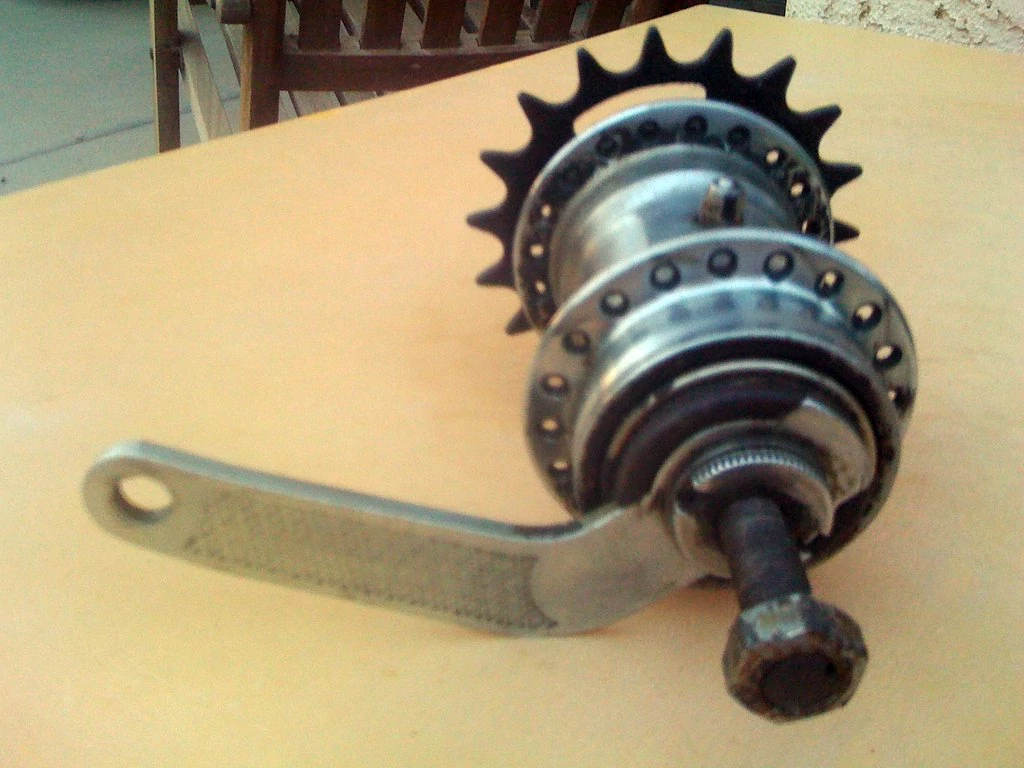

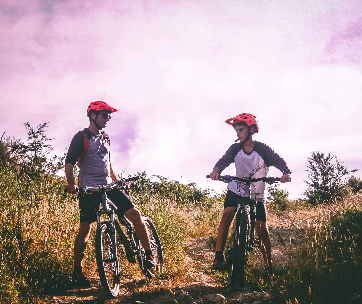

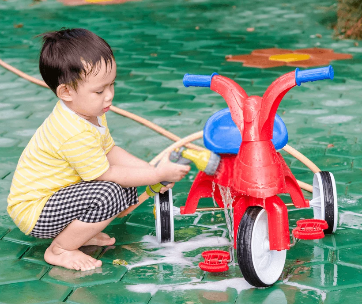
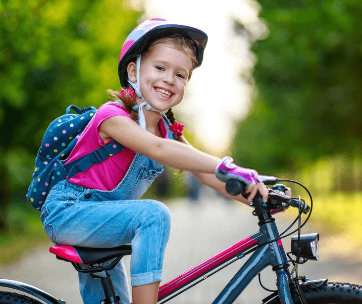
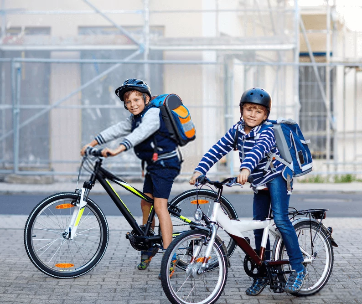
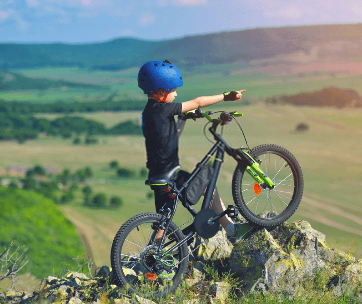

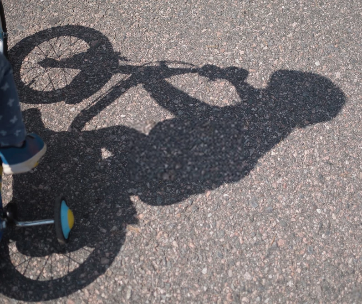

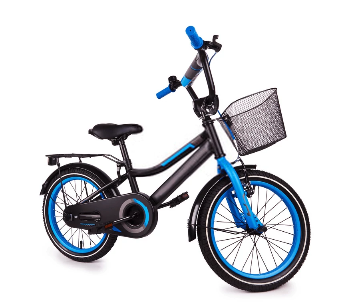

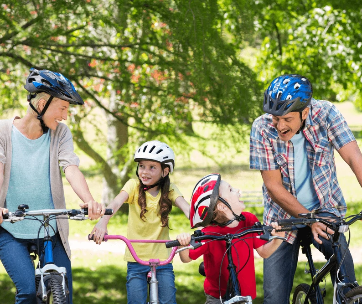
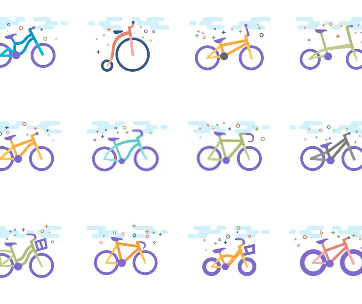



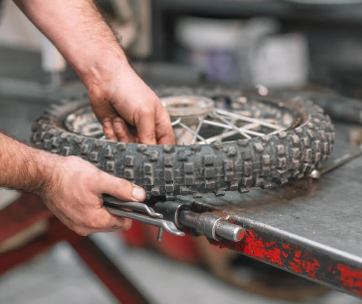
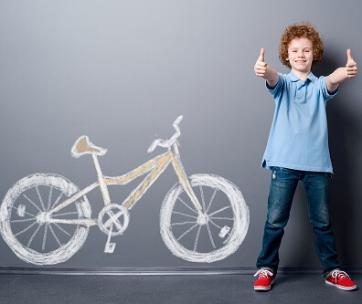
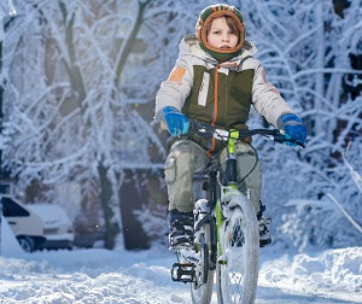


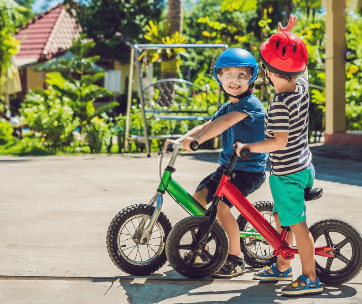
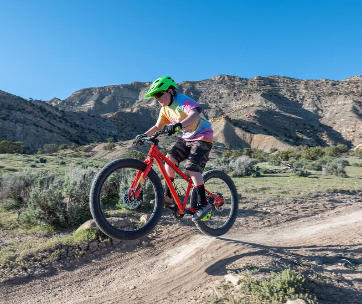
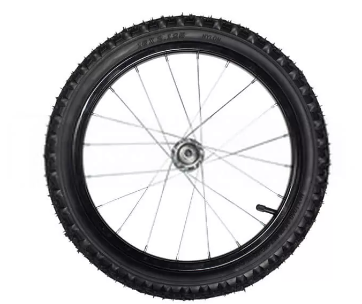
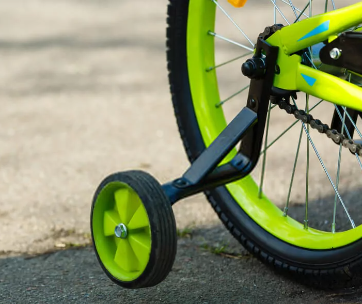
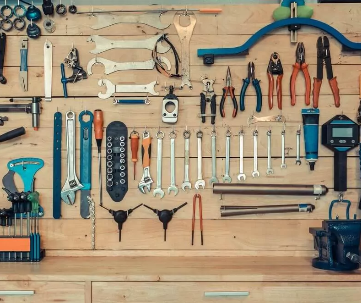
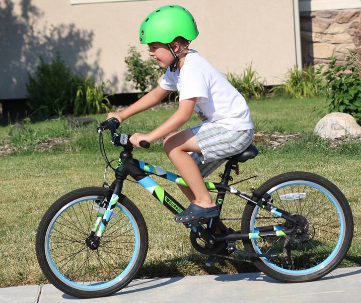
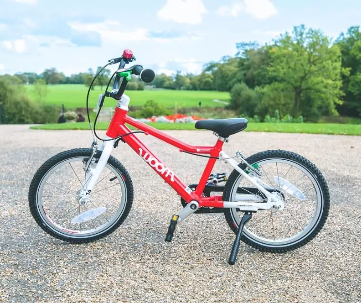
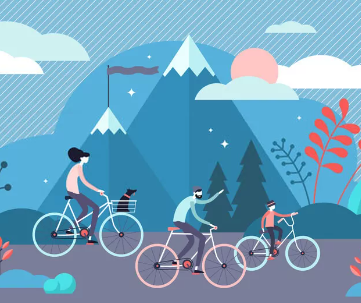
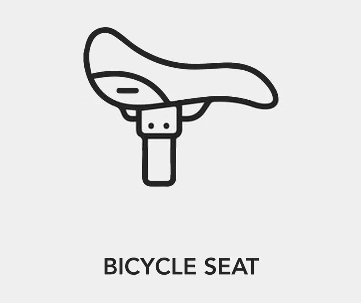
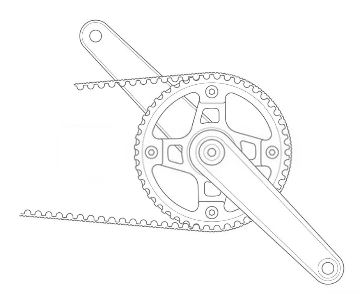
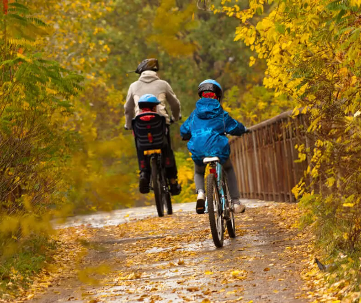
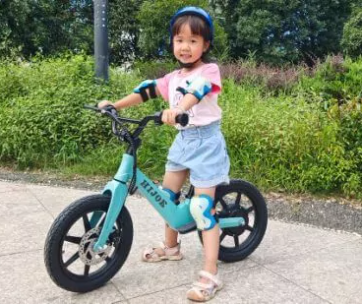

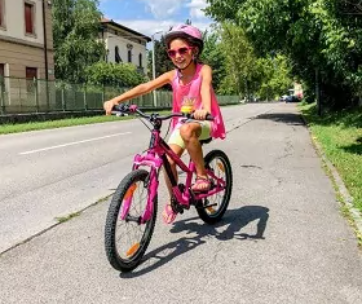
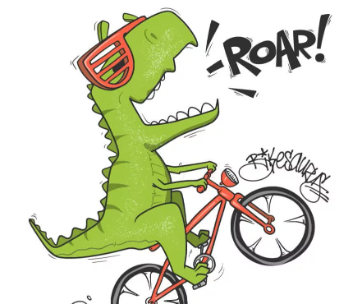
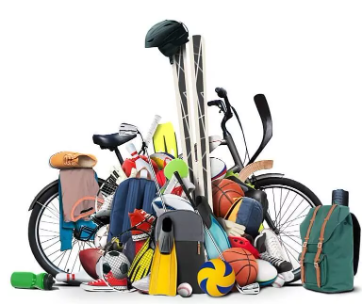
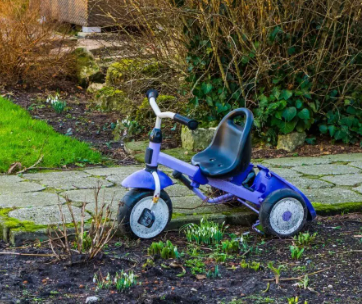
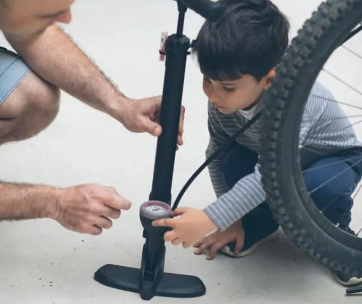
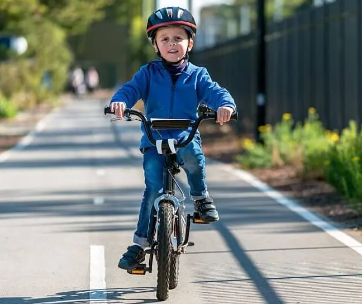
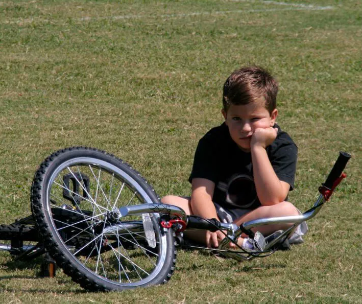
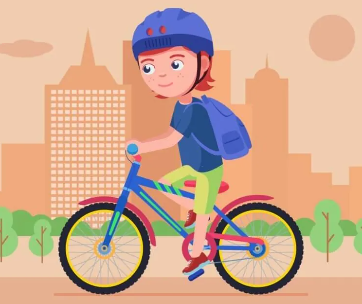
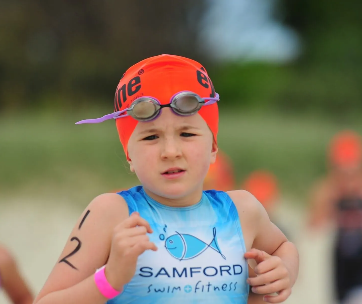
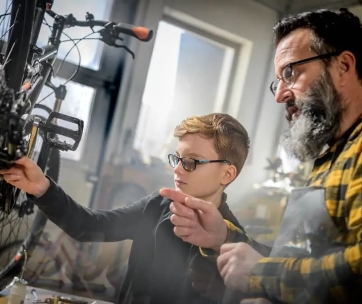

Comments